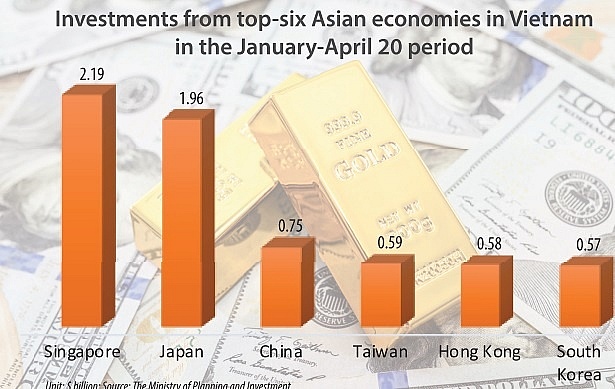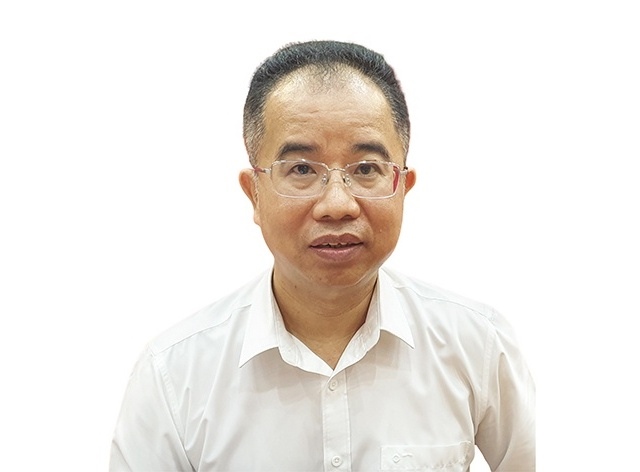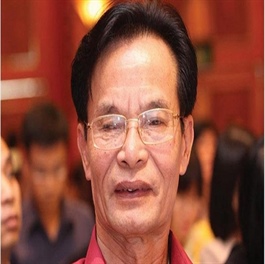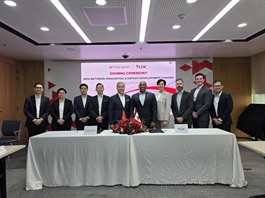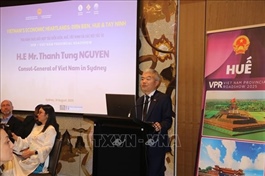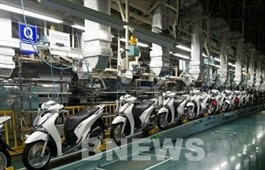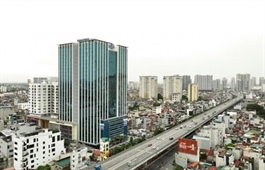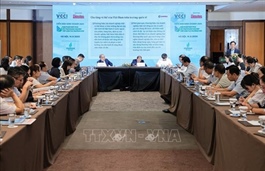Providing blueprint for new era of FDI
Providing blueprint for new era of FDI
Vietnam’s foreign direct investment (FDI) landscape has never looked more dynamic than in the first half of 2025. From the manufacturing heartlands of the Red River Delta to the bustling commercial corridors of Ho Chi Minh City, the country is positioning itself as ASEAN’s most strategic investment gateway.
This is not a matter of mere optimism – it is the culmination of years of targeted policy adjustments, trade network expansion, and market maturation. While global capital flows remain shrouded in economic uncertainty and geopolitical fragmentation, foreign investors in Vietnam are deepening their commitments.

Leif Schneider, country head Luther Vietnam Law |
The figures are hard evidence that global investors are treating Vietnam as a core node in their supply chain realignments.
Unprecedented structural reforms are reshaping Vietnam’s administrative profile. The consolidation of provinces from formerly 63 to now 34, alongside the merger of key ministries, marks a decisive step towards a leaner, more coherent governance framework. For foreign businesses navigating the shoals of Southeast Asia’s diverse regulatory environments, this signals a giant leap towards faster decision-making, and fewer compliance hurdles.
This kind of sweeping administrative streamlining is not simply bureaucratic housekeeping. It signifies a strategic move, making the country more competitive and attracting a new quality of foreign capital. Once the dust settles over these reforms, investors will find it easier to obtain approvals, resolve disputes, and interact with authorities – factors that form top priorities when evaluating market entry and expansion plans.
Vietnam’s rapid digitisation push is a catalyst to transforming the investor’s experience. The comprehensive rollout of the national eID system goes well beyond mere administrative convenience. It reduces paperwork-heavy processes, enables faster licensing, and improves transparency in regulatory interactions.
For sectors where speed to market is decisive – especially in fast-paced industries like semiconductors and AI-driven services – this upgrade is a technical milestone and also a paradigm shift that slashes red tape, aligning Vietnam with some global best practices in digital governance.
Behind the headline figures lies a carefully built blueprint. The country’s various trade agreements have endowed it with preferential access to markets that together account for more than half of global GDP. This web of agreements allows investors to produce competitively in Vietnam and reach a vast consumer base without the friction of tariffs or restrictive quotas.
In a world where supply chain resilience and diversification is becoming equally important as cost efficiency, Vietnam manages to offer both. The country is already no longer just a China+1 option for many companies. It has become an anchor of regional expansion strategies for a rock-solid footing in Asia.
Vietnam is sharpening its investment incentives and sophisticating the narrative. This new approach moves the goalposts from sheer quantity towards a discussion about quality. Tax breaks and regulatory advantages draw in global players in semiconductors, advanced materials, AI, and blockchain technologies.
This reflects the leadership’s broader strategy: leaving behind the image of a low-cost manufacturing base and attain international recognition as a hotbed for innovation-intensive industries. The focus is not on merely replacing the manufacturing sector, but on upgrading it.
While many economies still scramble to shift and de-risk supply chains, Vietnam is actively reshaping them, and recently recorded FDI inflows underscore this trajectory. This signals that pledged capital is moving beyond registration into concrete project execution. Manufacturing and processing remain dominant in newly registered capital, accounting for the largest sectoral share. This confirms that investors continue to value Vietnam’s production base even as they expand into upstream, high-value activities.
These figures place Vietnam among the leading FDI recipients in ASEAN and reinforce the claim that the government’s reforms and trade connectivity are resonating in global boardrooms. Vietnam’s reform agenda shows no sign of slowing down. Policy continuity and trade integration will keep the country firmly on the radar of major investment streams.
- 11:23 18/08/2025



